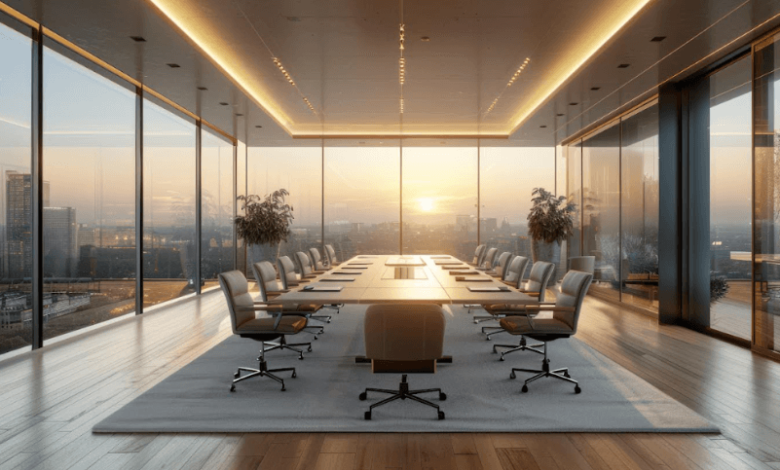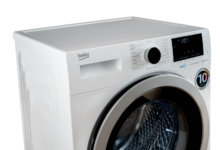From Traditional to Contemporary: Boardroom Design Ideas for the Modern Office

The evolution of workplace design reflects the evolution in how we collaborate and communicate. The contemporary office is abandoning the Boardroom Style to find more creative and communicative designs, which naturally boost productivity and echo the values of today’s employees. Organizations are starting to see exactly how much difference a beautifully designed space can make. So, they’re changing their meeting rooms to better help their teams and encourage creative conversations.
Embracing Open Spaces
The trend of open spaces probably tops the list of modern boardroom design. The conventional type of enclosed boardrooms tends to be dissociating for team members and stifles their collaboration process. An open layout encourages natural conversation and even impromptu brainstorming sessions, which helps create an environment of free idea flow. An organization that seeks to break physical barriers opens up an inviting, team-oriented, and innovative atmosphere.
A large open space allows for the furniture to be arranged to encourage interaction through seating areas where informal discussions can be held. Long and rectangular tables can be replaced with round ones, equaling all participants. Such a setting would inspire a feeling of community and shared purpose, where everybody is treated and included as somebody worth listening to. Open spaces have more advantages than looking nice; indeed, an open space hugely increases morale and creativity among team members.
Flexible Furniture Solutions
The core of modern boardroom design lies in flexible furniture. Rather than a fixed formal table, offices have now started installing modular furniture that can be rearranged into different sets according to the meeting style. With movable tables and chairs, changes can be made in a matter of minutes to accommodate the need for a team to brainstorm, give a presentation, or simply have an informal discussion. These designs foster functionality and a much more dynamic working environment.
At the same time, using lightweight furniture will make it much easier to reorganize the room according to the specific needs of every meeting. For instance, a circular setup might stimulate discussion, while a theater-style arrangement is more appropriate for presentations. You can also use comfortable seating like lounge chairs or bean bags to give the space relaxed vibes where team members can share anything in a free-flowing manner. By focusing on flexibility in furniture selection, the organization can offer boardrooms that genuinely respond to the needs.
Read also Why your iPad needs a Casing: Protection, Usability, and Style
Incorporating Technology
You must incorporate technology in your modern boardroom design to stay ahead of the game. Smart technologies incorporating interactive screens and wireless presentation systems increase the meeting experience for participants. The features allow seamless collaboration where attendees of such meetings can easily share ideas and resources in real-time. With the increase in remote working, it is very important to keep team members in touch by having proper technology at their disposal.
This will go a long way in ensuring that remote participants feel as if they were present, bridging the gap between physically and virtually present. Tools such as digital whiteboards introduce the capability for enhanced brainstorming that teams can visualize collaboratively. Building up a technology-savvy culture allows an organization to ensure its boardrooms meet the demands of today’s digital workplace.






